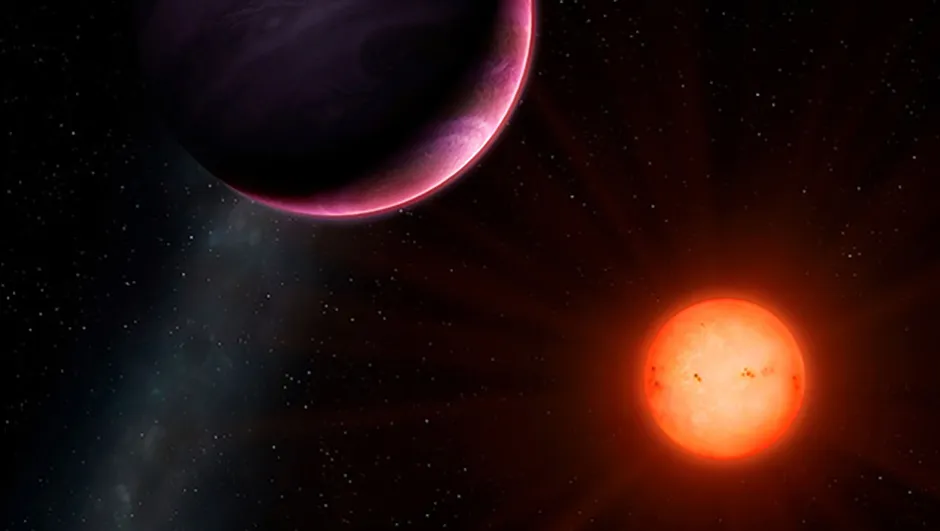A monster ‘hot Jupiter’ exoplanet has been found orbiting a star smaller than our Sun, in a discovery that is challenging what scientists know about how planets form.
The exoplanet, NGTS-1b, is the largest relative to its host star ever discovered, contradicting theories that a planet of this size could not form around a small star.
It is known as a ‘hot Jupiter’ because it isthe size of Jupiter, but with about 20 per cent less mass, and orbits its star at a distance just 3 per cent of the distance between Earth and the Sun, making it very hot.
The exoplanet is about 600 lightyears away from Earth and was discovered using the Next-Generation Transit Survey, which is designed to search for exoplanets passing in front of stars.

Planets form in the dusty discs around young stars, as gas and dust coalesce over time to form larger and larger bodies in orbit.
Current theories of planetary formation do not include such massive planets in orbit around smaller stars.
The astronomers who found the planet did so by detecting red light from the star, noticing dips occurring every 2.6 days.
This implied that a planet was passing in front of the star, in orbit.
Follow up observations noted the ‘wobble’ in the star caused by the gravitational pull of the planet.
This enabled the team to calculate the planet’s size and mass.
“NGTS-1b was difficult to find, despite being a monster of a planet, because its parent star is small and faint,” says Peter Wheatley from the University of Warwick, who leads NGTS.
“Small stars are actually the most common in the Universe, so it is possible that there are many of these giant planets waiting to found.”

